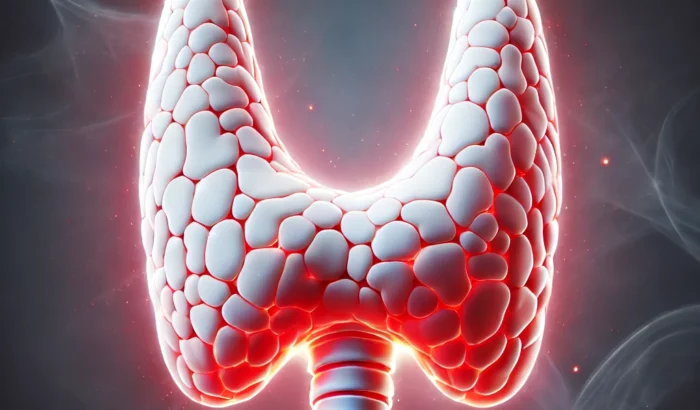What the government’s new Women’s Health Strategy could learn from Feminism
Last month, the Department of Health and Social care released ‘The Women’s Health Strategy for England’.
It aims to be a landmark strategy to advance healthcare for women, based on the answers of nearly 100,000 women who responded to a government survey.
127 pages long, it is a broad document that promises to “reset the dial” on gender inequalities. It covers all manner of issues from IUDs to IVF; endometriosis to mental health.
While ambitious in scope, many have felt that the actions promised, and budget and resources allocated, are simply not good enough to fix the colossal shortcomings in Women’s Health. The Guardian criticised the strategy for changes that “have either appeared out of the blue or slipped from view entirely.”
So what’s really going on here? How can we begin to tackle ‘Women’s Health’.
Which dial are we resetting?
You may notice that I just put Women’s Health in inverted commas. And I did so with purpose.
I think that the health of women is such a huge, complex and varied set of concerns that lumping them together under one umbrella does not help us advance in any definite way.
Look at Western Society’s approach to climate change. There is little meaningful, impactful change happening at a government level, in part because the issue is so large and multifaceted and complex that we all feel a bit frozen in place by the scale of what needs to be done.
I think the same can be said of our approach to Women’s Health. When we talk about Women’s Health, do we mean how seriously our pain is taken? Are we talking about funding for IVF? Are we talking about trying to work a full-time job through menopause? Are we talking about the issues with hormonal birth control? Are we talking about the specific needs of trans women?
In short: which dial is it that we are resetting?
Looking at the strategy, and how much is left unaddressed, it’s easy to feel that there is simply too much to address, to address it all.
But I believe there is a way forward.
Should we be introducing intersectionality?
I think there is much we can learn by looking to feminism itself.
In the early days, feminism was concerned with one group: Women.
Alas, women constitute roughly 52% of the entire human population. We’re a huge group with different lives, concerns and needs over time.
In order for feminism to progress, it needed to become intersectional. Acknowledging and embracing difference. Understanding how our different bodies, ages, races, socio-economic circumstances affect how we are treated and what we need.
I believe the same is absolutely true for Women’s Health to make real gains.
The health concerns of a young middle-class white women are likely to be pretty different from the health concerns of a black trans woman. Age, race, class, body size, disability, financial situation and more all impact on the likelihood of someone seeking help with IVF or HRT, cancer or the effects of domestic violence.
Thus, the real strategy in my eyes is to divide and conquer.
Start splitting Women’s Health into more specific categories – which benefit from appearing as more manageable chunks – and start from there.
What do you think? We love to debate and discuss, so please let us know in the comments.






